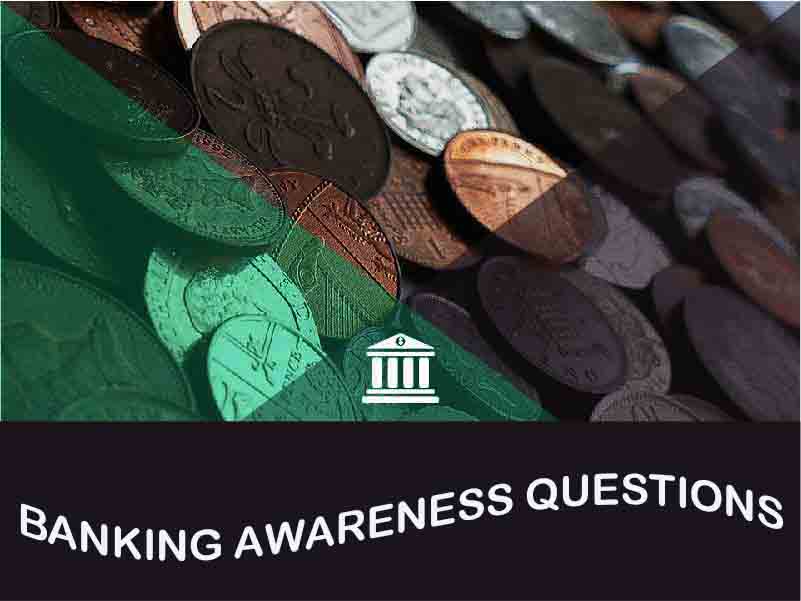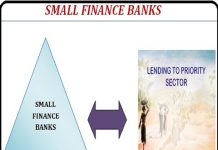RBI First Bi-monthly Policy 2017-18
Reserve Bank of India (RBI) has announced its First Bi- monthly Monetary Policy Rates for 2017-18 in Mumbai . You can go through the details of First Bi-monthly Monetary Statement below. The First Bi-monthly policy has been released based on the assessment of the Monetary Policy Committee of the Reserve Bank of India (RBI). Monetary Policy Rates are crucial for the exam, especially Banking awareness.
As per RBI’s report, “the decision of Monetary Policy Committee (MPC) is consistent with a neutral stance of monetary policy in consonance with the objective of achieving the medium-term target for Consumer Price Index (CPI) inflation of 4% within a band of +/- 2%, while supporting growth”.
The remaining policy statements would be released by RBI as stated below –
| Policy Statement | Dates of Release |
| Second Bi-monthly Monetary Policy Statement for 2017-18 | 7th June 2017 |
| Third Bi-monthly Monetary Policy Statement for 2017-18 | 2nd August 2017 |
| Fourth Bi-monthly Monetary Policy Statement for 2017-18 | 4th October 2017 |
| Fifth Bi-monthly Monetary Policy Statement for 2017-18 | 6th December 2017 |
| Sixth Bi-monthly Monetary Policy Statement for 2017-18 | 7th February 2018 |
Common terms of policy rates:
- Repo Rate – It was introduced in December, 1992 by RBI. It is the rate at which RBI lends short term money to commercial banks against securities.
- Reverse Repo Rate – It was introduced in November, 1996. It is the rate at which RBI borrows money from commercial banks.
- Statutory Liquidity Ratio – It is the amount which a commercial bank is required to maintain in the form of cash, gold or government approved securities (bonds) before approving credit to its customers. SLR is used to control inflation and promote growth.
- Marginal Standing Facility – It is the rate at which scheduled banks can borrow funds from RBI overnight. In MSF, banks can use the securities under ‘SLR’ to get loans from RBI.
- Bank Rate – The rate at which RBI buys or rediscounts bills of exchange or other commercial papers for long term is known as Bank Rate. It is also called rediscount rate.
- Cash Reserve Ratio – The share of net demand and time liabilities that banks must maintain as cash balances with the Reserve Bank is known as Cash Reserve Ratio. If RBI increases CRR, the available amount with banks comes down, RBI uses it to drain out excessive money from the banks.
RBI has made the following announcements:
- Repo Rate remains unchanged at 6.25%.
- Reverse Repo Rate has been increased to 6.00% from earlier rate of 5.75% thereby reducing the corridor between repo and reverse repo to 25 bps from the existing 50 bps. The essential aim seems to be ensuring a sharper focus on the keeping overnight rates (especially the overnight call money rate) aligned to the repo rate.
- Marginal Standing Facility (MSF) rate have been reduced to 6.50%.
- Bank Rate also got reduced to 6.50% from earlier rate of 6.75%.
- Cash Reserve Ratio (CRR) remains unchanged at 4.00%.
























